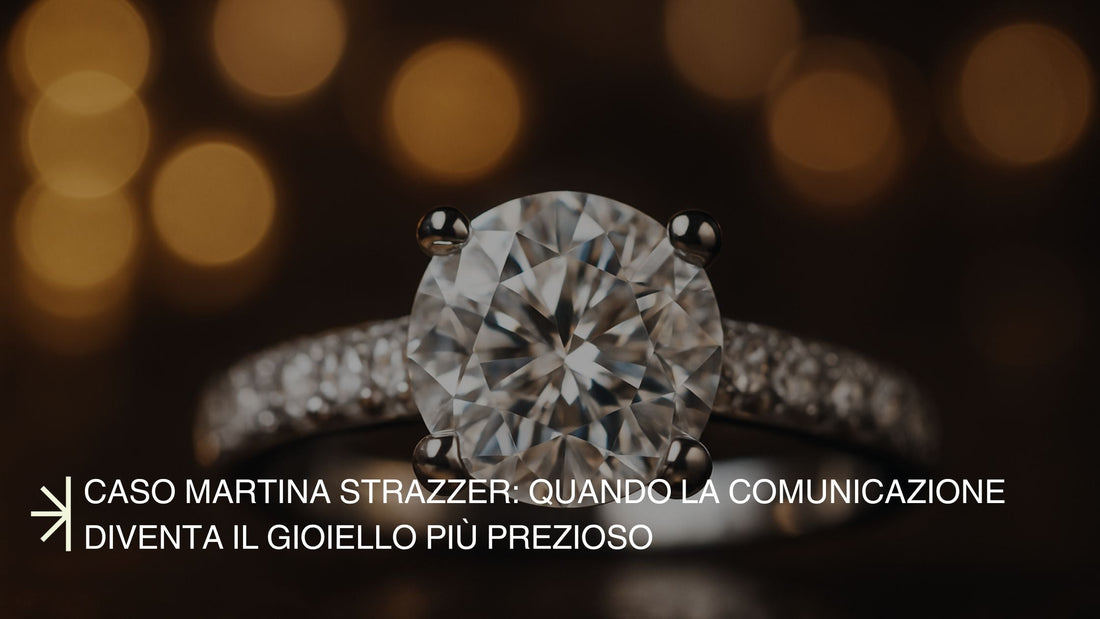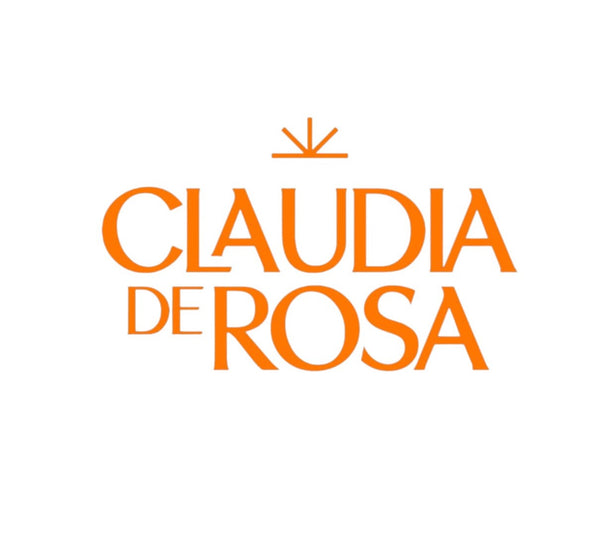
The Martina Strazzer Case: When Communication Becomes the Most Precious Jewel
Share
In recent months, the Italian digital and business world has been rocked by the so-called "Martina Strazzer case." A young founder, who became a symbol of self-made womanhood thanks to her jewelry and accessories brandAmabile , found herself at the center of a veritable social media storm.
The accusations? From the lack of clarity regarding corporate governance to doubts about the company's actual involvement in product manufacturing. All of this is amplified by the speed of social media, where in a matter of hours, a narrative can transform into a shared truth, regardless of the facts.
What really happened
Over the years, Martina has built an image as a young, determined, and visionary entrepreneur. A role model that many young women have looked up to. But when criticisms of her transparency surfaced online, the community's reaction was powerful and overwhelming.
Instead of building trust with clear and timely explanations, her communication seemed defensive, delayed, and lacking in empathy . Martina's image and that of the brand were so intertwined that every personal accusation automatically became an accusation against the brand as well.
Why the crisis has amplified
- Lack of immediate transparency : the initial silence gave rise to suspicion.
- Defensive reactions : Instead of direct explanations and concrete evidence, a cold, legal tone was chosen.
- Brand-persona too fused : when there is no distinction between private life and the company, every personal crisis becomes a business crisis.
- Slow timing : On social media, trust is built in hours, not days.
What could he have done differently?
A crisis is never just a fall: it's also a chance for rebirth. Martina could have:
- He took immediate action with an authentic video , in which he told his version without filters.
- Show concrete evidence , such as documents or certifications.
- Involve a third party to ensure authority and independence.
- Separate itself from the brand , giving more space to the team and less to personal image.
- Listen to the community , opening a real dialogue instead of closing in on defense.
The lesson for all of us
The Martina Strazzer case isn't just about her: it's a powerful example of how trust is the true jewel of a brand today. Without trust, even the most brilliant design loses value.
For anyone pursuing a creative project, transparency becomes the link between the brand and its community. Being clear, authentic, and empathetic isn't optional: it's the most powerful way to transform a crisis into an opportunity for growth.
✨ Ultimately, every jewel is born from pressure. And so are people and brands: crises can break us, or they can transform us into something even more luminous.
30-60-90 day operational plan to overcome a social crisis
Addressing a reputation crisis requires time, strategy, and consistency. I discuss this in the case study in the "Branding and Ethical Jewelry Sales" course, my Academy's Personal Branding course.
Here's a concrete path that anyone in a situation similar to the Martina Strazzer case could follow.

Within 30 days: Stop the bleeding
- Post an authentic and transparent statement (video or post) admitting any communication errors and clarifying any critical points.
- Provide evidence and verifiable documentation (business processes, certifications, team testimonials).
- Open a direct listening channel (Q&A, live broadcasts, dedicated newsletter) for the community.
- Clearly distinguish between brand and person : show the faces and stories of the team.
Within 60 Days: Rebuilding Trust
- Launch a transparency campaign : explain the processes, the behind-the-scenes, and the real people behind the brand.
- Collaborate with independent voices (experts, reviewers, journalists) who can confirm credibility.
- Publish articles, interviews, and SEO content that convey the brand's true identity , balancing the online narrative.
- Strengthen bonds with your most loyal customers by offering them exclusive moments of dialogue or dedicated experiences.
Within 90 days: Turning crisis into opportunity
- Launch a social or cultural responsibility project connected to the brand's values (e.g., scholarships, initiatives for young creatives, inclusion campaigns).
- Partial rebranding or restyling of communications, to mark a new beginning.
- Position the brand as a positive case study in resilience: explain how the crisis was overcome and transformed into growth. Constantly monitor online sentiment , adapting the communication strategy to community feedback.
👉 A crisis may seem like a breaking point, but with the right strategy, it can become the moment a brand shows its true strength. Transparency and authenticity are, now more than ever, the most precious jewel.
Let me know what you think: comment below or write to info@claudiaderosa.com
